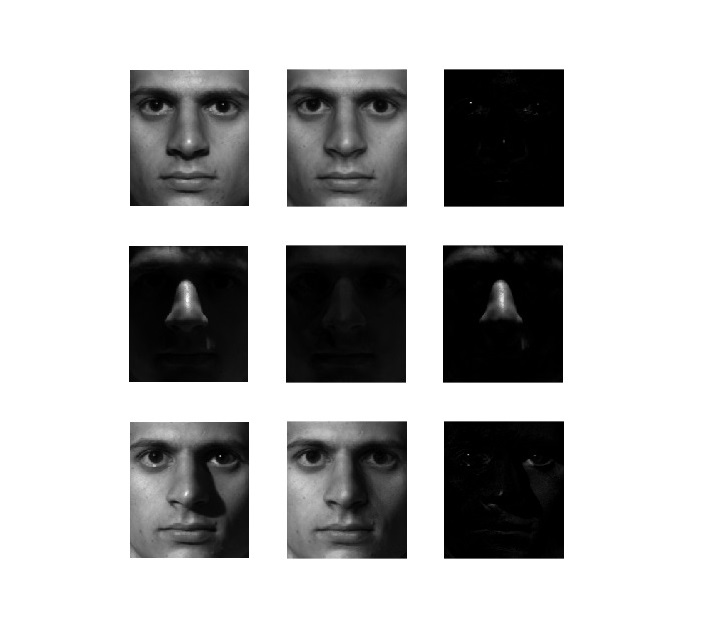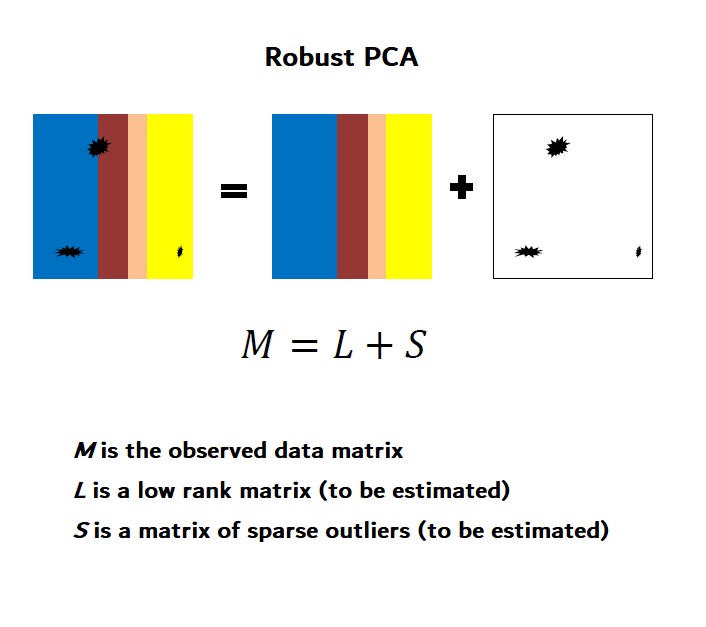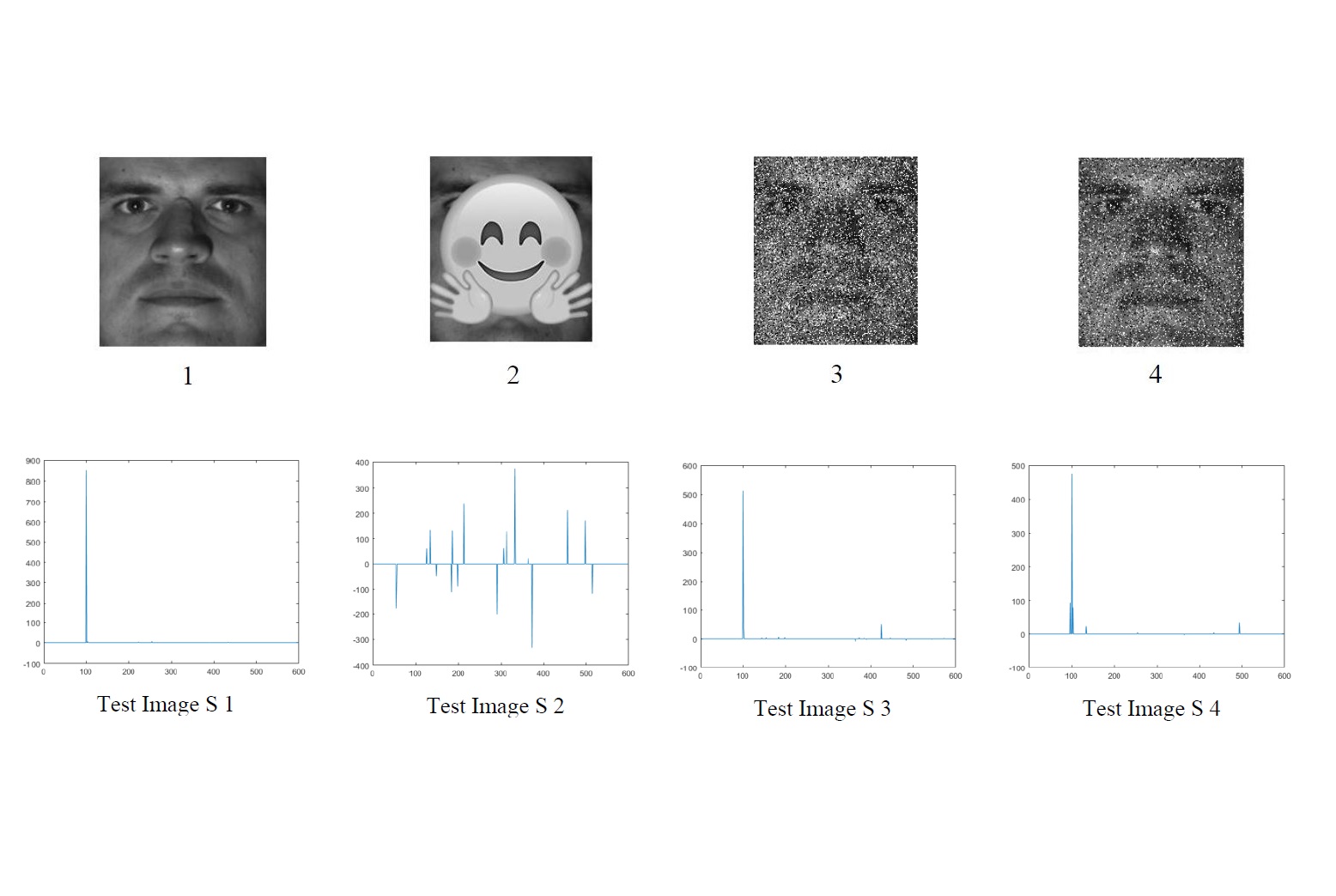Project information
- Category: Computer Vision
- Type: Robust PCA, Sparse Representation for Classification
- Client/Purpose: This experiment was aimed to learn and compare Deep Learning models using the MABe challenge data and tasks
- Project date: November, 2020
- Project URL: github
Utilizing Robust PCA for Face Recognition tasks
Robust PCA has become popular for many modern problems, including face recognition where eigenfaces are in a low rank matrix and shadows, occlusions, etc. are in a sparse matrix. For this project pictures of an individual under 9 poses and 64 lighting conditions from the Extended Yale Face Database was used. The image, its low-rank representation and sparse image are presented.
Using the Sparse Representation for Classification method in a subsequent experiment, an overcomplete library is built with the training set. Plotting the images in the test set we observed they are noisy and occuled. The L1 norm is used to find the sparse representation of each image in the test set. The resulting vector of coefficients s should be sparse and have large coefficients primarily in the regions of the library corresponding to the correct person in the training set (#4). The occuled second image is not classified correctly but for the rest, the coefficients correspond to the correct individual.


